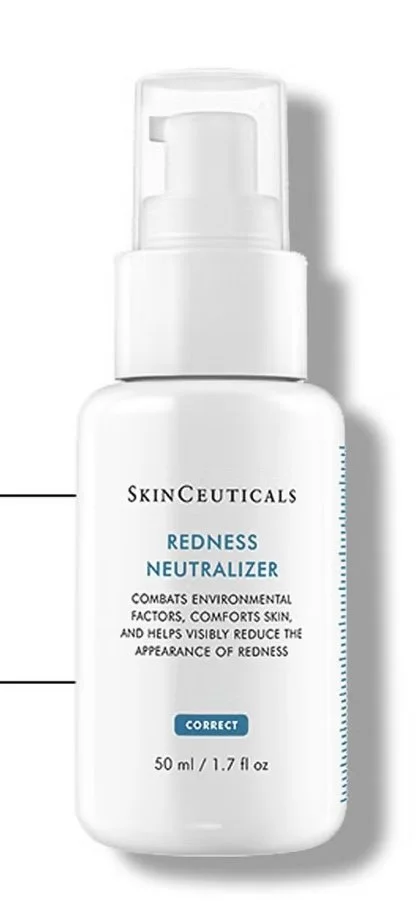Tips On Treating Your Rosacea
What is rosacea?
Rosacea is a long term skin condition that primarily affects the face. It typically appears on the cheeks, nose and chin. It causes inflammation of the skin and overproduction of sebum which results in flushing and redness. It’s more common in women, but tends to be more severe in men. It’s also more common in people middle aged, and in fair-skinned people.
What are the symptoms?
Flushing – This is when your skin reddens involuntarily due to the widening of blood vessels, usually in the face. It can last for a few minutes and happen frequently.
Persistent redness – This tends to occur mainly on the cheeks, nose and chin. It can look similar to sunburn that doesn’t go away, or blotchy in appearance.
Eye problems –This can include red and sore eyes and eyelids, as well as dryness, irritation and sensitivity to light.
What are the causes of rosacea?
While the exact cause is unknown, the following is thought to contribute to the condition:
Increased Blood Flow – Blood vessels dilate easily, causing the face to appear red and flushed.
High Levels of Free Radicals – Free radicals can trigger inflammatory reactions and damage the dermis. Inflammatory messengers leak further into surrounding skin tissue and become more difficult to mop up, allowing symptoms to spread and become more persistent.
There are a number of triggers that can cause rosacea flare-ups. These include:
• UV Light - The UV radiation can stimulate the release of growth factors or the UV light generates inflammation-triggering free radicals.
• Stress - Rosacea suffers tend to flush easily when they become nervous, anxious or embarrassed. This is because corticophin-releasing hormone (CRH), secreted to initiate a stress response, causes blood vessels in the skin to become dilated and leaky. This allows extra blood to flow into the skin, setting off a flushing reaction and worsening the rosacea.
• Alcohol and caffeine - Whilst alcohol and caffeine don’t cause rosacea, the can make the condition worse. Alcohol is a natural source of the inflammatory messenger histamine and drinks such as red wine are high in the flushing trigger tyramine. Caffeinated drinks can exacerbate rosacea and should be avoided. Swap to decaffeinated or have a herbal tea instead.
• Some foods, such as dairy products or spicy foods - Not everyone will react to foods but avoiding spicy foods, Tyramine-rich foods and Histamine foods may help.
Tyramine rich-foods
Aubergine, avocado, figs grapes, orange, pineapple, plum, prume, raisin, matured cheese, yeast products, processed foods, fermented soy products, chocolate, nuts and broad beans.
Histamine rich-foods
Cheese, tinned fish and seafood, fermented foods, vinegar, spinach and aubergine.
Things you can do to help
Take probiotics.
Its a good idea to start with a high-strength pro biotic that contain a mixture of Lactobacilli and Bifidobacteria.
Include Prebiotics foods
Artichoke, asparagus, banana, dark leafy greens, flax seeds, garlic, green beans, leeks, onions, raisins, tomatoes, unrefined oats and unrefined barley.
Skin care product recommendations:
The Calmwise range from Medik8.
The Calmwise Cleanser, Calmwise Serum and Colour Correct.
IS Clinical Cleaning Complex
Omorovicza Queen of hungry Mist
MZ Skin Lightmax Supercharged LED Mask, use the PINK (RED&BLUE COMBINED) light and RED LED light to calm and heal the skin for a minium of 3X weekly.
Medik8 Vitamin C serum
Skin Ceuticals Redness Neutralizer
Medik 8 Crystal Retinol
SkinCeuticals Sheer Mineral UV Defence SPF50







